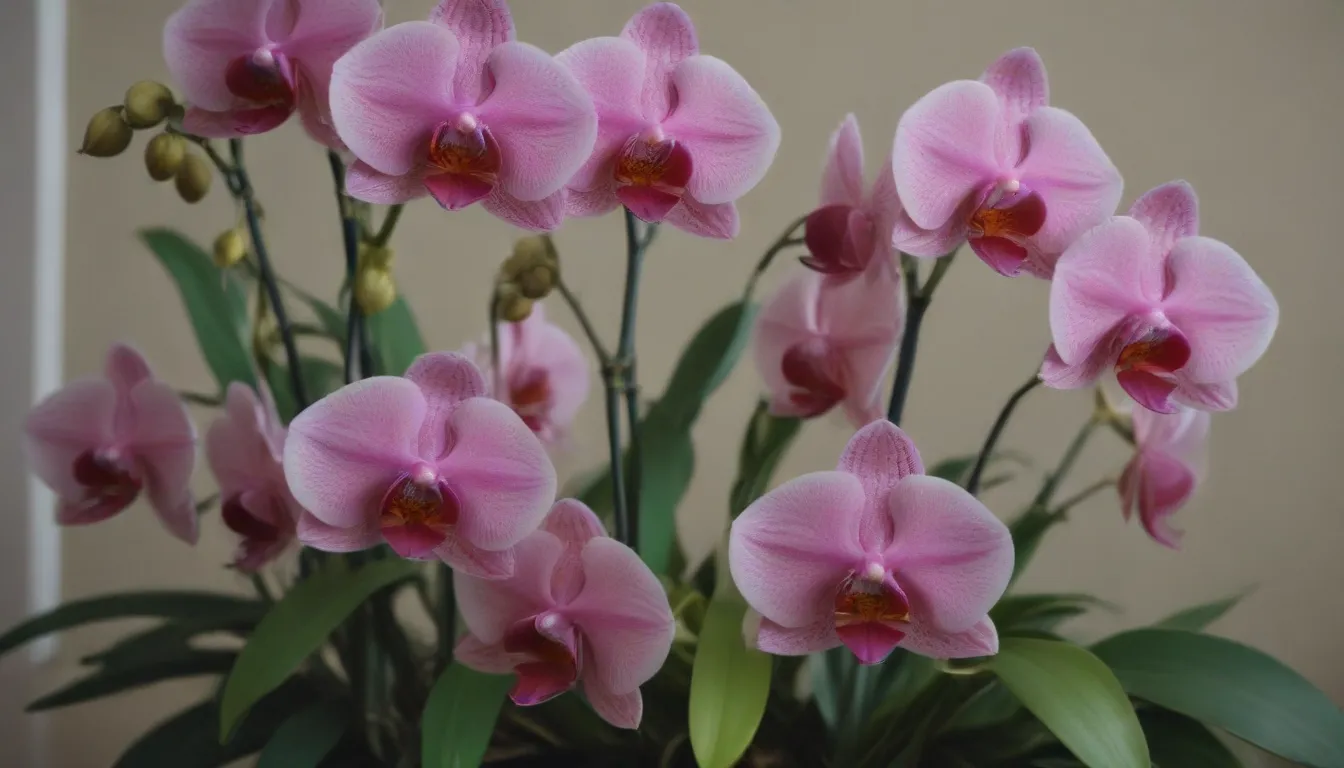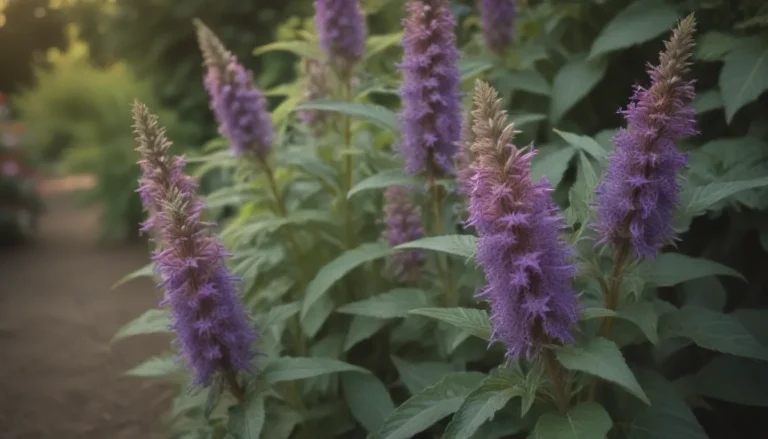How to Successfully Get Your Orchids to Rebloom

Orchids are known for their stunning flowers that can last for several months, but getting them to rebloom can be a challenging task. However, with the right care and maintenance, you can coax your orchids into reblooming year-round. In this article, we will discuss the steps and tips to help you get your orchids to rebloom successfully.
Understanding Orchid Reblooming
Orchids, like Phalaenopsis or moth orchids, typically bloom once a year, usually at the same time each year. However, with the proper care routine, you can encourage these beautiful flowers to rebloom more frequently. Phalaenopsis orchids, in particular, can be coaxed into reblooming indoors every three to six months.
Steps to Get Your Orchids to Rebloom
Here are some essential steps to follow to get your orchids to rebloom successfully:
-
Prune the Flower Spike: When the last bloom withers or drops off, and the flower spike begins to turn brown, it’s time to snip the spike off to no more than 3 inches in height using a sterile razor blade or sharp scissors. Reduce the frequency of fertilizer and watering to give the orchid a rest period.
-
Resume Regular Maintenance: When a new leaf emerges at the top of the stem, it’s a sign that the orchid is coming out of dormancy. Resume a more active maintenance routine with water and fertilizer.
-
Water: Water your orchid two to three times a week, depending on humidity and temperature. Let the plant dry completely between waterings to avoid continuously wet environments.
-
Fertilizer: Fertilization is essential for repeat flowering. Use a liquid fertilizer at 25 percent strength or a controlled-release fertilizer to feed your orchid. Feed once a week or every two weeks with diluted orchid fertilizer to avoid overfertilizing.
-
-
Move to a Colder Location: Once the new leaf is fully grown, move your orchid to a location with temperatures between 55 to 65 degrees Fahrenheit at night. This drop in temperature is critical for encouraging the plant to start flowering.
-
Wait for a New Flower Spike: In cool conditions, a new flower spike should appear after about a month. If the spike does not appear on its own, consider using a bloom booster fertilizer to stimulate growth. Once the orchid is actively flowering, you can discontinue the fertilizer until the bloom period ends.
-
Return to a Warm Location: Once the new flower spike appears and extends to about 5 inches long, move your orchid back to its original warmer location. Stake and loosely tie the flower spike to support its growth. Increase feeding with diluted fertilizer until the plant produces new flowers.
Additional Tips for Orchid Reblooming Success
To help your orchids rebloom successfully, here are some additional tips to keep in mind:
-
Maintain Regular Care: During the active growing and flowering season, ensure you maintain regular care practices to keep your orchid healthy. This will increase the chances of successful reblooming.
-
Cool Nights Trigger Blooms: Orchids are triggered to rebloom by cool nights in the 50s Fahrenheit. Make sure to provide the right conditions to encourage new flower spikes.
-
Patience is Key: Orchids may not always rebloom successfully the first time. If your plant does not send up a new flower spike within a month or two, consider changing its location to receive more indirect light during the day and complete darkness at night.
By following these steps and tips, you can increase your chances of getting your orchids to rebloom successfully. Remember to be patient and attentive to your orchid’s needs to enjoy beautiful blooms year-round.
Remember, getting your orchids to rebloom requires patience and dedication, but with the right care and maintenance, you can enjoy their stunning flowers more frequently. So, follow these steps and tips to transform your orchids into beautiful blooming plants in no time. Happy growing!





